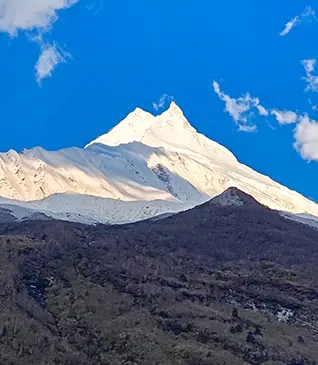For centuries and generations, this terrain has been instrumental in impacting people, environment and the whole nation in one way or another. Because of the entirely unique and unmatched natural features, people across the globe have always gravitated to visit the Himalayas.
These distinctive dynamics have an immense potential to turn tourism into a key driver of the local economy. The possibilities are numerous to bring a positive change in the lives of the native people for sure. Tourism, particularly, can provide valuable economic and business opportunities and jobs. Thus, it becomes all the more imperative on everyone’s part to focus on sustainable tourism practice that guarantees the future of the Himalayas.
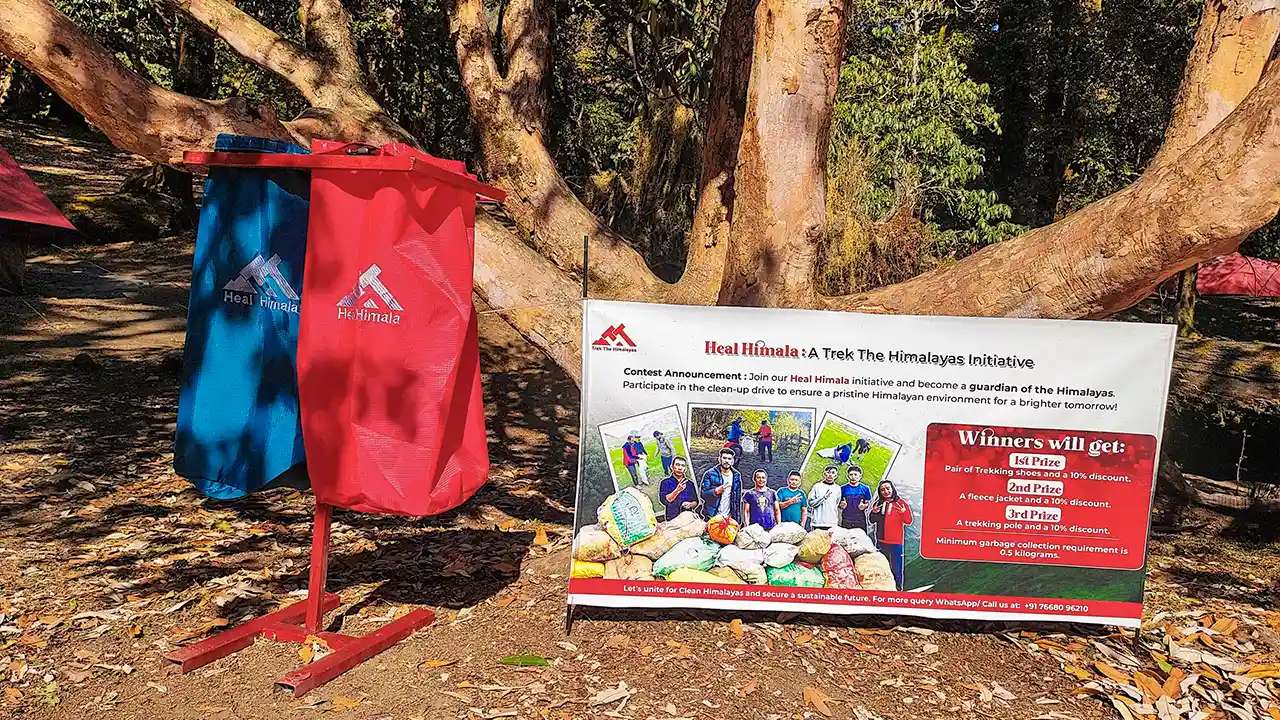
Growing Himalayan Tourism and its Key Drivers
As per the data received by the Indian Tourism Ministry, tourism in the Himalayas is witnessing a significant growth. The following facts and figures will give you a fair idea of tourism trends:
- It is growing at an estimated annual rate of 17.4% since 2015.
- The annual tourist arrivals increased from 2.5 million in 2000 to over 15 million in 2023.
- Not only have global trends spiked, domestic tourism has also seen a robust growth.
- Another study shows - from 2019, the overall tourist arrival has increased to 1.6 times the existing native population.
- Post-COVID, Uttarakhand tourism saw an impressive bounce-back – from 20 million tourists in 2021 to nearly 60 million in 2023.
The above indicators provide an insight as to how strongly tourism can impact the environment, economy and culture.
Here, we have to mention the factors that drive more and more tourists to experience Himalayas:
- Traveling to the Himalayas has surprising mental health benefits for Trekkers. For many, a mere trip can be life changing.
- The day to day routine of the modern fast-paced life is making people very stressed out. The Himalayan landscape is a different environment altogether. So these completely changed surroundings can greatly reduce stress and refresh the mind.
- Almost every Himalayan trek can offer travelers to go for adventure, relaxation, and rejuvenation. This wellness trip is very crucial for mental peace.
- The Himalayan expedition serves as a nature immersion therapy. It’s a place that is brimming with fresh air, unpolluted atmosphere, and uncanny wilderness. These absolutely rare features have a great impact on physical, psychological, and spiritual well-being.
- The more deeply trekkers connect with nature, the more they will experience self-discovery. In other words, this environment not just fends off distraction but propels introspection as well.
In light of this, we at Trek The Himalayas have made our persistent goal to promote sustainable tourism and restore the pristine Himalayan beauty. We are focused towards identifying and utilizing sustainable actions that can benefit both man and nature. The way more and more people are turning to the mountains from their stress-fuelled lives, it’s highly imperative on our part to do sustainable tourism.
What is sustainable tourism and why does it matter?
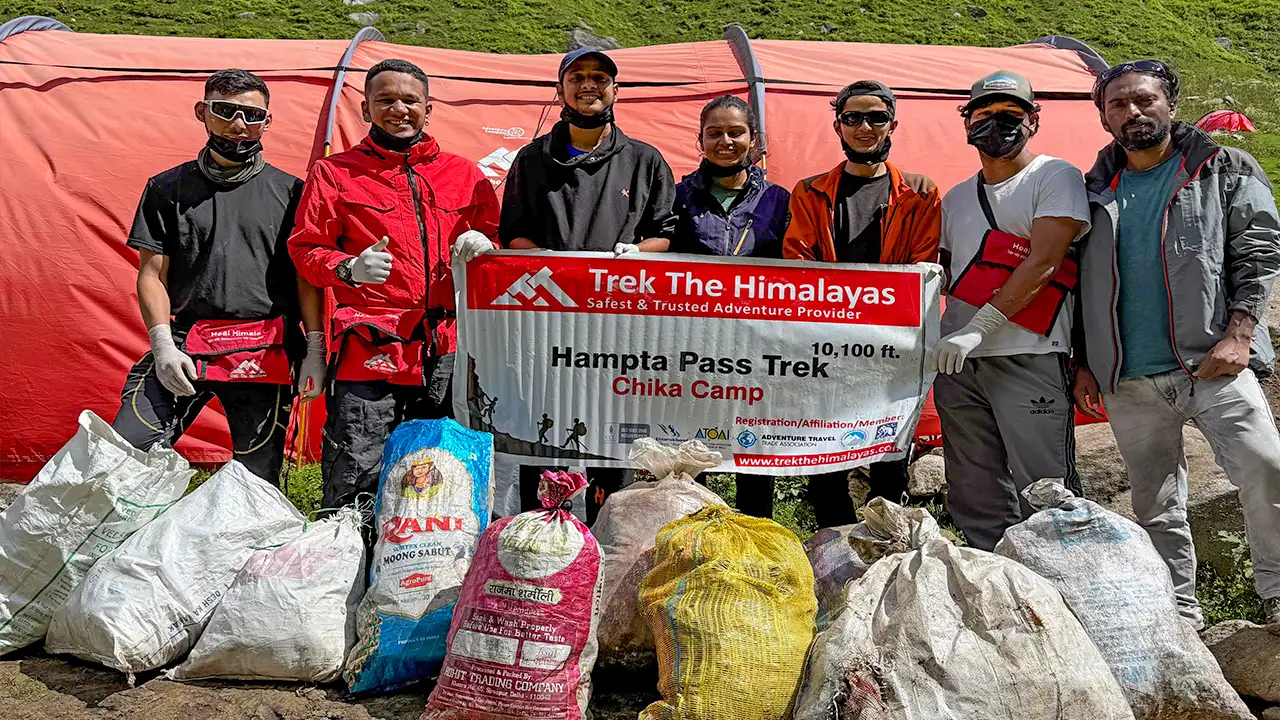
Simply put, sustainable tourism refers to incorporating practices that minimize negative environmental impacts and increase positive effects at the same time. This approach has a great possibility and potential to stop environmental damage, preserve cultural heritage, proliferate biodiversity, economic upliftment and landscape restoration etc. It is extremely crucial to responsibly travel to natural areas in order to conserve the environment, sustain the well-being of local people, and disseminate proper education.
Eco-tourism matters a great deal as it helps blend conservation efforts and enjoyable outings. It can be the only and efficient path towards maintaining natural resources, protecting wild habitats, and preserving the local culture. It also aims at promoting community development by fostering respect for the customs and traditions of various places.
How Irresponsible Tourism Can Affect the Environment
If kept unchecked, unregulated tourism can have many negative impacts on nature. The Himalayan environment is becoming very sensitive to activities that are harmful to the region’s fragile ecology. Such activities include generation of waste and trash in enormous quantities, widespread use of plastic and non-biodegradables, human discharge anywhere, and vehicular emissions etc. The consequences of these actions are soil erosion, air pollution, waste and litter, chemicals into water bodies, disruption to natural habitats.
Best Practices for Sustainable Tourism and its Future Prospects
Before it’s too late, eco-tourism can save the day and make the future look promising. It will go a long way in creating travel experiences that are mutually beneficial for trekkers and the great Himalayan landscape.
Trek The Himalayas is fully committed and leading from the front towards safe and sustainable tourism and we are earnestly pursuing it. We want to make sure the quality of life and environment remain healthy – both presently and in the future.
So here are some key measures how we are going ahead to bring a change:
Say No to Plastic
Follow “Leave No Trace” Philosophy
Awareness Programs
Launching Cleanliness Drives
Supporting the Local Economy
Employment Generation for Native People
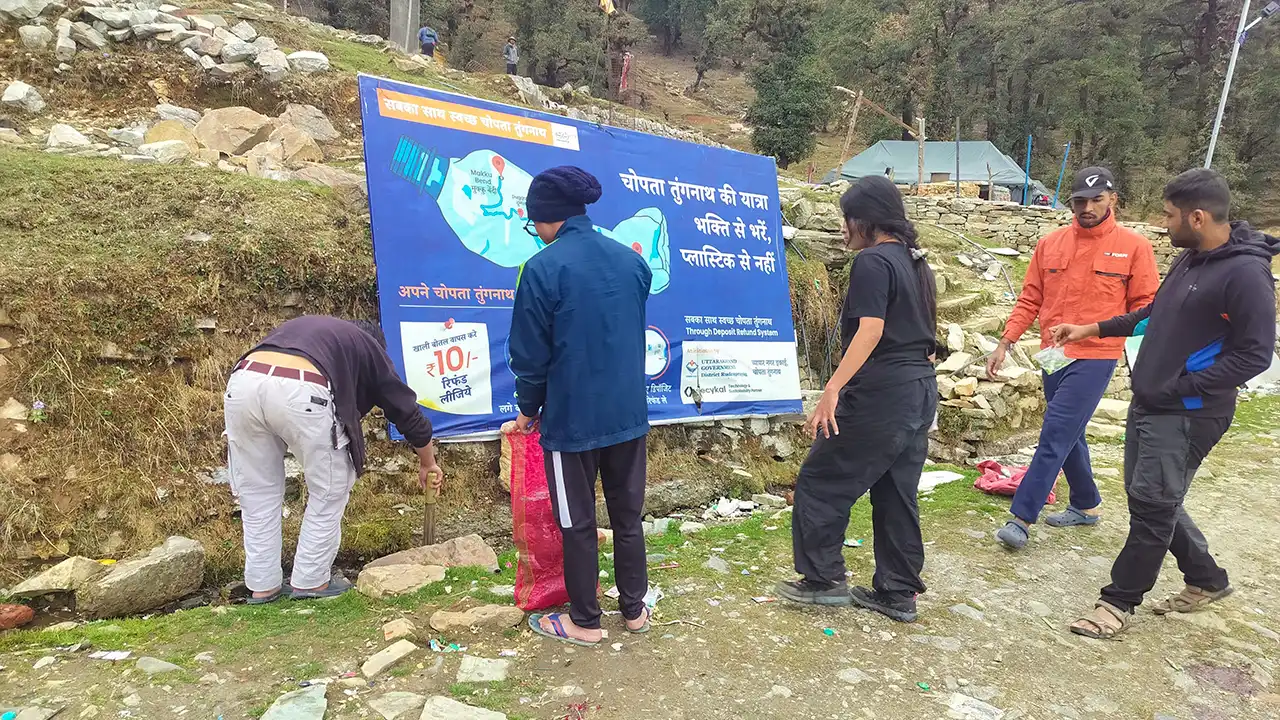
To begin with, whenever it comes to the environment, plastic ban has to be imposed. Plastic is a significantly large source of waste and junk lying around. It is non-biodegradable and can stay as it is for hundreds of years. It pollutes land and water and harms animals through ingestion. It is capable of breaking into tiny harmful fragments, seeping into rivers and lakes, and effectively making these bodies toxic. Therefore, the use of plastic should be completely banned on the Himalayan tours. The trekkers and tour guides from Trek The Himalayas never use plastic bags and other garbage causing things. Rather, we encourage the use of jute bags or cotton bags to tie around the waist so that the litter can be easily collected and stored.
The Leave No Trace principles are a set of simple guidelines designed to minimize the impact of human activities on nature while enjoying the outdoors. These policies emphasize respecting nature, wildlife, and fellow trekkers, ensuring that the natural beauty remains unspoiled for future generations.
When trekking, Leave No Trace means carrying back everything you bring, including food wrappers, plastic bottles, and biodegradable waste like fruit peels, which take time to decompose in high-altitude regions. It also involves sticking to marked trails to prevent soil erosion and damage to fragile vegetation. Setting up camps in designated areas, disposing of waste properly, and avoiding campfires in sensitive zones are crucial to protecting the ecosystem. Minimizing noise pollution ensures that the serenity of nature remains undisturbed for others.
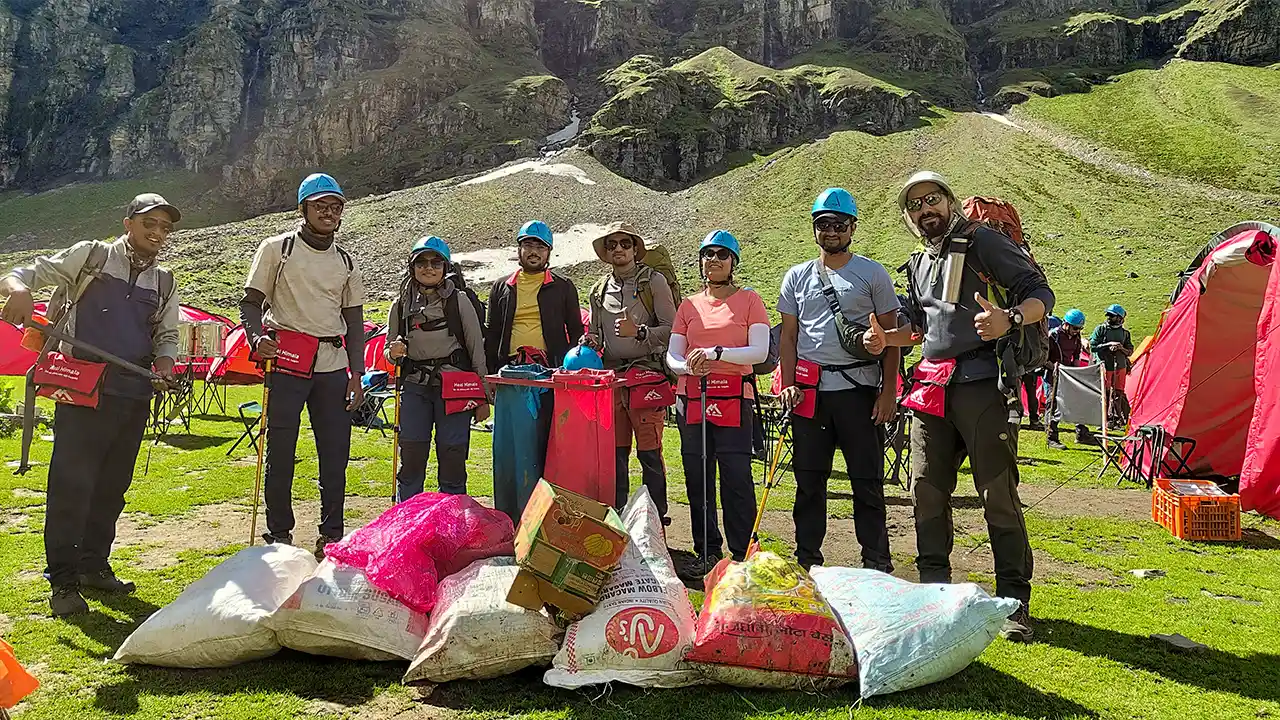
Next, awareness campaigns can turn the tides in our favor if done effectively and efficiently. An adequate awareness among people regarding environment protection is very important. If they are properly educated and made understood about the hazardous repercussions of blatantly irresponsible tourism practices, a great change can be achieved. People will recognize and feel that if one part of an ecosystem is wrecked, it can negatively impact other parts as well.
When Trek The Himalayas felt the need to take matters into their own hands, we came up with a brilliant campaign called "Heal Himala".
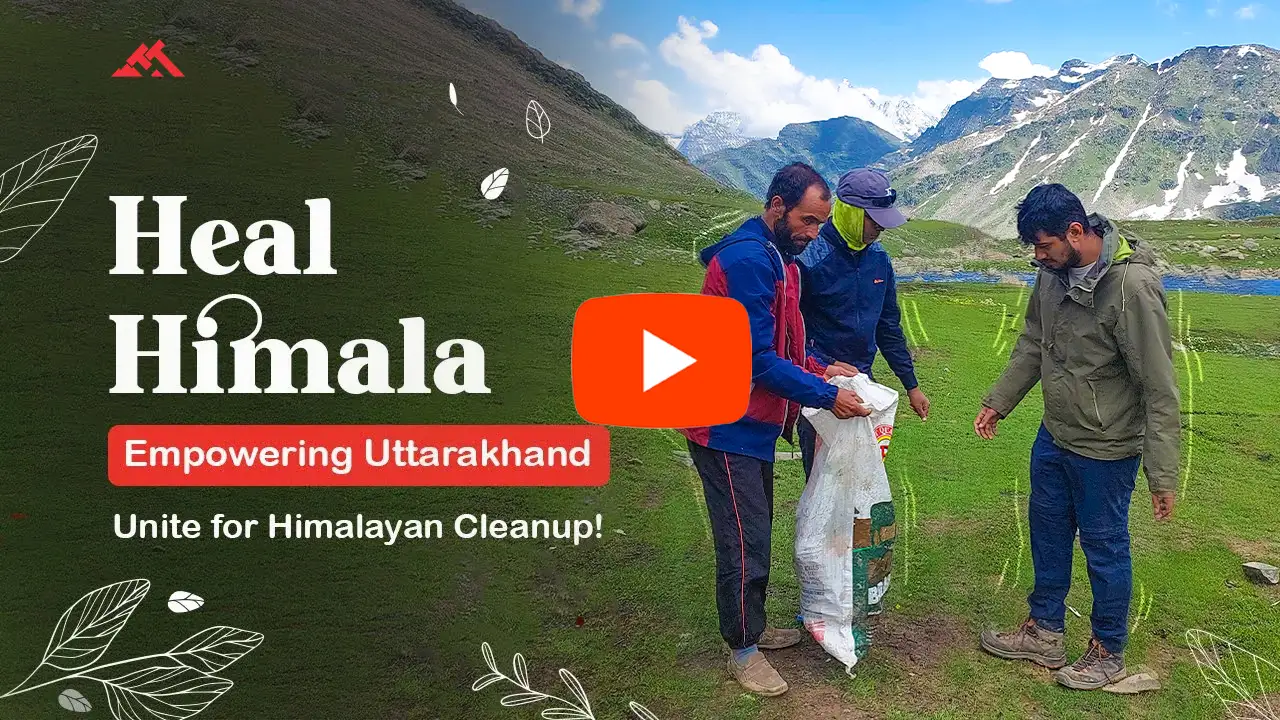
Heal Himala is an extremely noble initiative launched by Trek The Himalayas. The goal of this campaign is to rid the mountain region from disposed garbage and bring back its pristine glory. This is our virtuous effort towards promoting sustainable tourism in order to protect and revive the environment. We want to ensure that the beauty and value of these mountains should be perpetually enjoyed by the successive generations. It is basically a cleanup drive on all the trekking trails across India. Our teams actively clean the wastes and garbage present in those treks, and as a result, more and more people are also taking up this responsibility.
Moreover, Heal Himala is proving to be very successful as we are making it rewarding for people. We are offering gifts to those who collect a large amount of junk and dispose of it at our base camps. So far, as we speak, we have already cleared 10,000 kg Kg of waste from multiple locations. Also, we are highly motivated to go even more strongly.
An important aspect of sustainable tourism is to focus on the local economy. Sometimes the local populace comes into the picture and makes trekkers’ journey more enjoyable and successful. Local guides and trek leaders share their knowledge and experience to make sure the trekkers get an invaluable experience. Which is why, we also extend our help to the local people. We often interact with them in a positive way and purchase their local produce for our own use. It’s a win-win approach as tourists are always excited to taste the local food, while the people get the opportunity to earn a stable income.
Trek The Himalayas have always prioritized and voiced in favor of employment generating opportunities for native people. As stated earlier, we want to preserve the beauty and culture of the region. There are many local experts, cooks, and chefs. In the Himalayas, cooking at high altitudes requires specialized skills and knowledge. Also they are well aware of the nutritious need of our bodies at these altitudes. That’s why they use locally sourced ingredients to create delicious meals that give trekkers the energy they need to complete the trek. Additionally, we also encourage a number of other skilled indigenous artists and professionals. They showcase their amazing arts that are extremely admired by the trekkers.
Final Words
The ecosystem of the Himalayas needs to be protected more than ever. The natural environment, unique culture, profound biodiversity, and indigenous communities are apparently vulnerable to harmful activities. So as a collective effort, we need to step up and promote sustainable tourism for everyone’s interest. This is the need of the hour for leaving a pure Himalayan legacy.
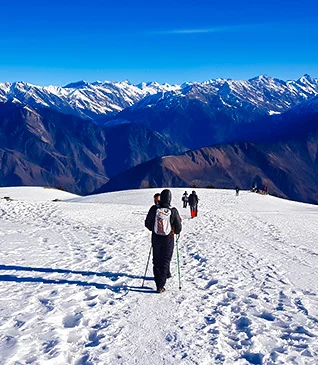
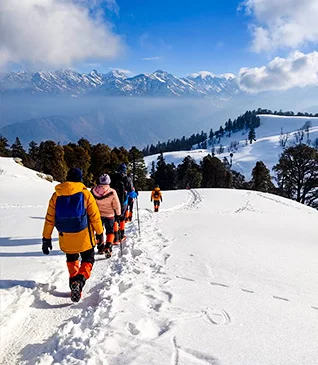
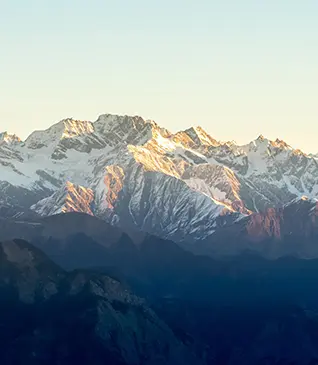
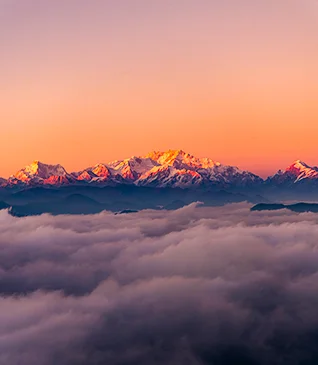
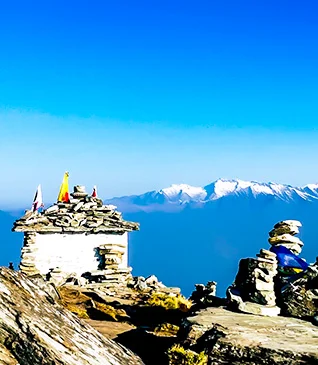
.webp)
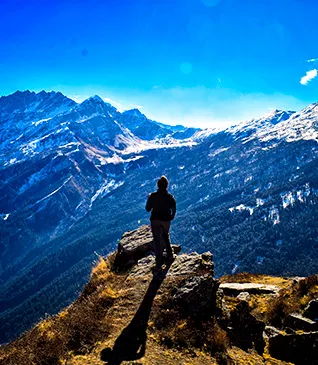
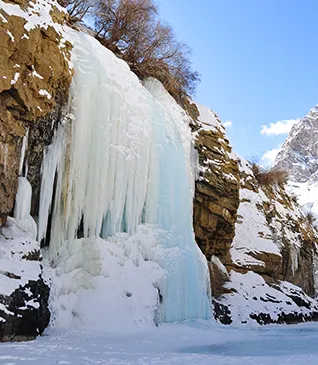
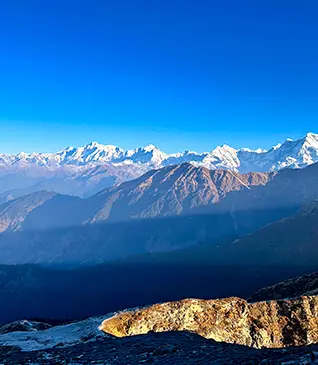
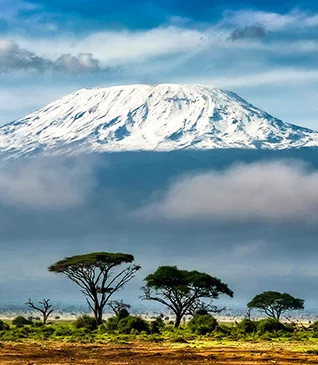
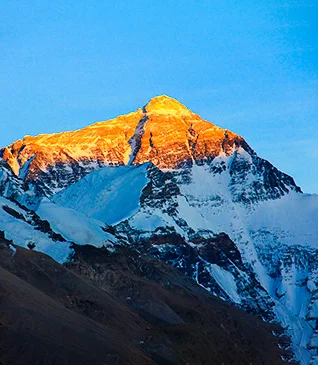
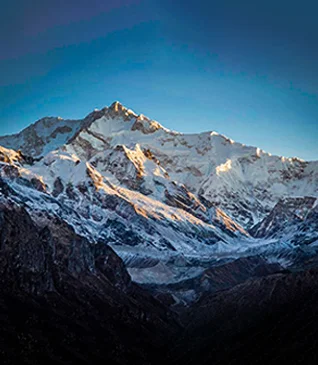
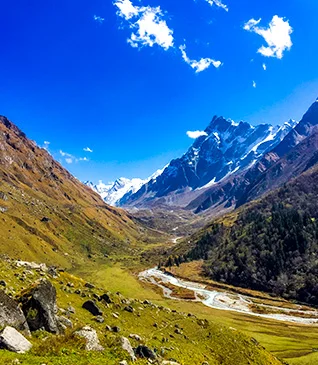
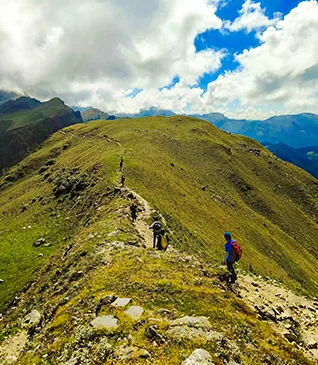
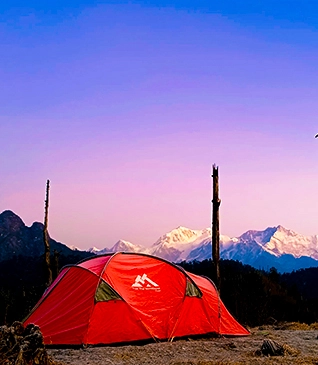
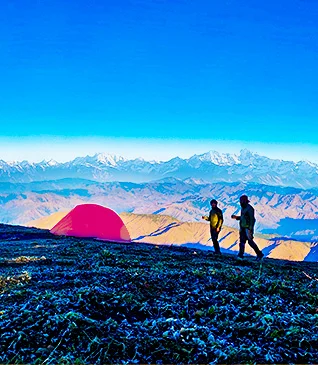
.webp)
